When it’s more than “just substance use”
Unless something obvious happens (lost job, DUI, breakups, etc.), it’s hard sometimes to know when substance use becomes substance abuse. If you are a parent of a young adult, this is an especially grey area and often it can feel like you’re walking on eggshells. You don’t want to be too lax in letting your young adult use and get injured, and in the same breath, you also don’t want to be overly concerned. It’s a tricky dance. But I recently learned the best way to really get down to brass tacks when it comes to getting to the root of use, and also knowing indicators of a true substance use disorder.
First, to meet criteria for a “mild” substance use diagnosis, you only need the presence of 2-3 symptoms out of a list of about 10. Here are some common symptoms we might be referring to (not limited to one substance):
Substance used in larger amounts or over a long period of time than was intended
There is a persistent desire or unsuccessful efforts to cut down on use
A great deal of time is spent in activities necessary to obtain said substance
Craving, or strong desire or urge to use
Recurrent use resulting in a failure to fulfill major role obligations like work, school, or home.
Continued use despite having persistent or recurrent social or interpersonal problems caused or exacerbated by use
Recurrent use in situations that are physically hazardous
Continued use despite knowledge of having persistent or recurrent physical or psychological problems likely caused or exacerbated by use
Tolerance increase (a need for increased amounts of substance to achieve desired effect)
Characteristic withdrawal based on corresponding substance.
Where did I find all this? The Diagnostic and Statistical Manual of Mental Disorders (DSM-5). Go look it up. To meet criteria for a “moderate” level of a substance use disorder you only need 4-5 of the above symptoms. And for it to be “severe” you need the presence of 6 or more. This isn’t just about cannabis or alcohol; this includes tobacco, caffeine, hallucinogens, inhalants, opioids, stimulants, and sedatives. If you don’t know what your young adult is taking, ask. Figure it out. And then educate yourself on how those substances impact their developing brain.
I’m seeing more and more young adults that meet moderate or severe criteria for a substance use disorder. More often than not, it’s cannabis. This is not to be taken lightly. If you are a parent and read through that list and panicked about your child’s use, consider getting connected and trained in CRAFT. Get connected to other parents who may be struggling with similar situations. This will help you better navigate how to have conversations with your child and invite them to get help. Once you’re trained, then asking the deeper question around “why” is going to help bring attention to you and your child on what they need.
“What’s the ‘why’ behind your use?” What drives you to use is what also differentiates it from being a problem. If you’re going to have a beer because you’re 21 and you want to hang out with your friends – that may not be a problem. If you’re 19 and you drink a 12-pack alone because you just got dumped – that is a problem. If you started smoking weed because it was helping your anxiety, but now you’ve increased your use (because of your tolerance) to the point where you are experiencing paranoia and potentially psychotics symptoms – that’s a major problem.
After reading this, if you’re concerned about what to do and how to help your young adult, consider reaching out.
For questions or comments contact Joanna.
